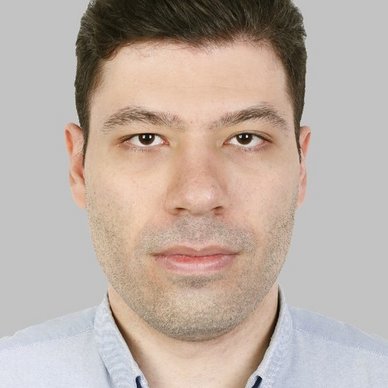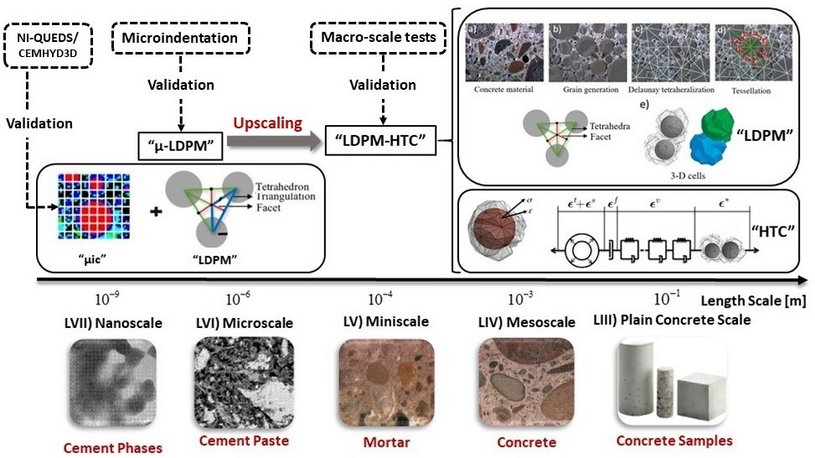
https://www.linkedin.com/in/mahdiar-dargahi-ulaval2019/
Mahdiar Dargahi
Étudiant au doctorat - Génie civil
Directeur de recherche, superviseurs, collaborateurs
Luca Sorelli, Mohammed Alnaggar (Rensselaer Polytechnic Institute (RPI))
I joined Professor Luca Sorelli’s research group (iM2S) as a Ph.D. student within the department of civil engineering and water engineering at Université Laval in fall 2019. I received a bachelor of science and a master of science in Iran. I carried out research on the numerical modeling of initial and permanent concrete and shotcrete linings of tunnels. My current research focuses on developing and implementing a multi-scale multi-physics model for novel Alternative Cementitious Materials (ACM).

Sujet de recherche
Septembre 2019
Towards a multi-scale chemo-mechanical approach for the design of eco-compatible alternative cementitious systems
Alternative Cementitious Materials (ACM) have been developed as a novel solution for the clinker calcination issue to reduce CO2 emission while improving the durability properties of concrete. Developing a multi-scale multi-physics model for new ACMs from microstructure phases, through the cement paste scale, finally to concrete macro-scale is the primary objective of this research. This model will be able to statistically represent material heterogeneity and take into account mechanical properties and short-term and long-term behavior of ACMs.
Such a computational-experimental approach comprises three models at different length scales; μic as a microstructure model for the evolution of cement hydration, recently established chemo-mechanical μ-LDPM, and the meso-scale mechanical LDPM (Lattice Discrete Particle Model) coupled with HTC (Hygral-Thermo-Chemical model). These models are naturally compatible due to their discrete nature. Based on the cement microstructure obtained by μic calibrated and validated by statistical descriptors using coupled NanoIndentation and Quantitative Energy Dispersion Spectroscopy (NI-QEDS), it is feasible to utilize μ-LDPM for simulating a microindentation test. The output will be validated by actual microindentation results. Following that, the meso-scale LDPM-HTC can be used by linking to μ-LDPM. Therefore, a novel framework will be established to link different length scales of ACMs. Ultimately, a series of maco-scale tests will be performed to validate this multi-scale multi-physics model.
Techniques de recherche, logiciels
Microindentation, Nanoindentation, NI-QEDS, Abaqus, Python, C++
Mots clés
Alternative Cementitious Materials, Multi-scale multi-physics model, Lattice Discrete Particle Model, Concrete damage and failure, microstructure phases, Creep, Homogenization
